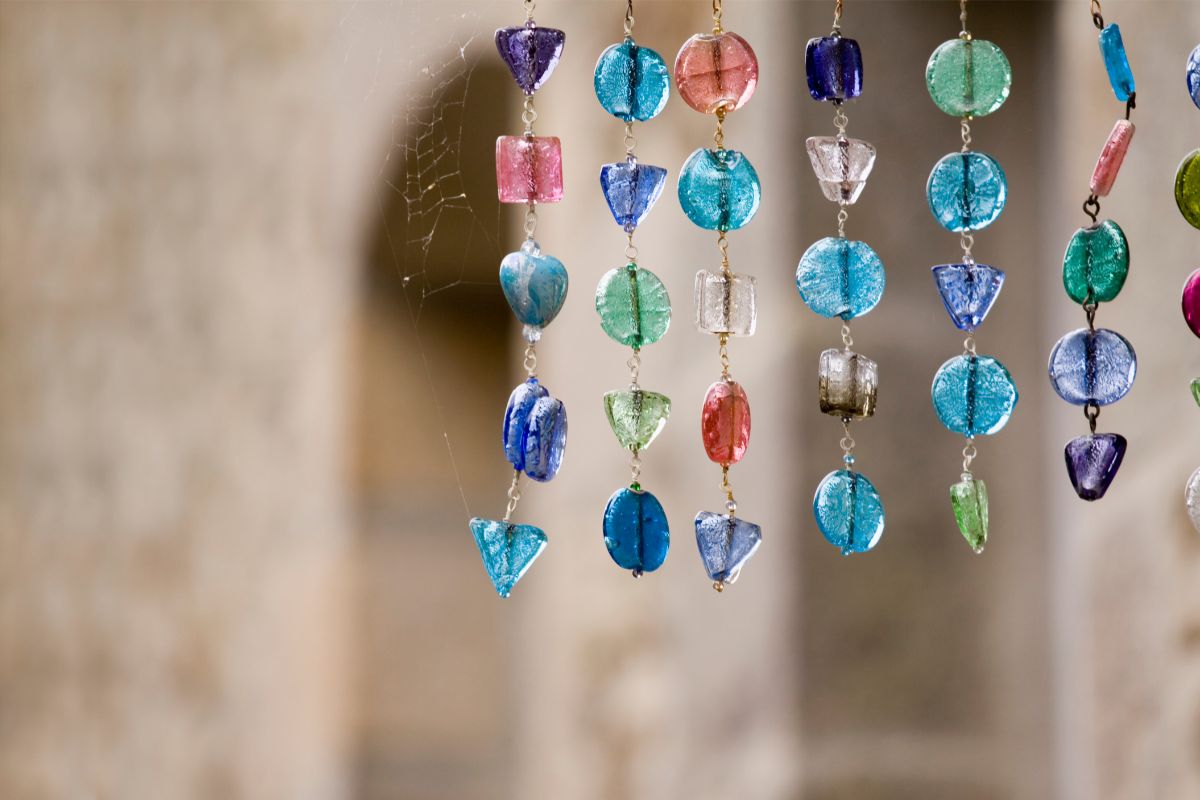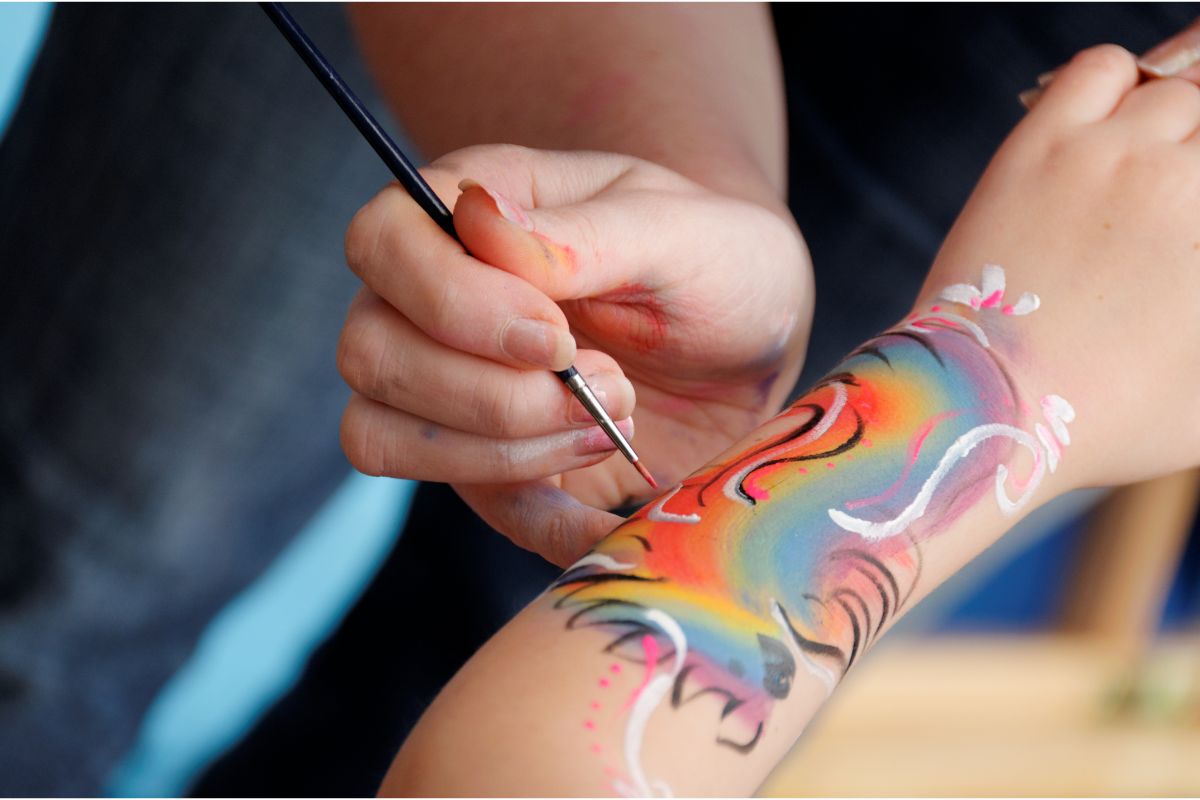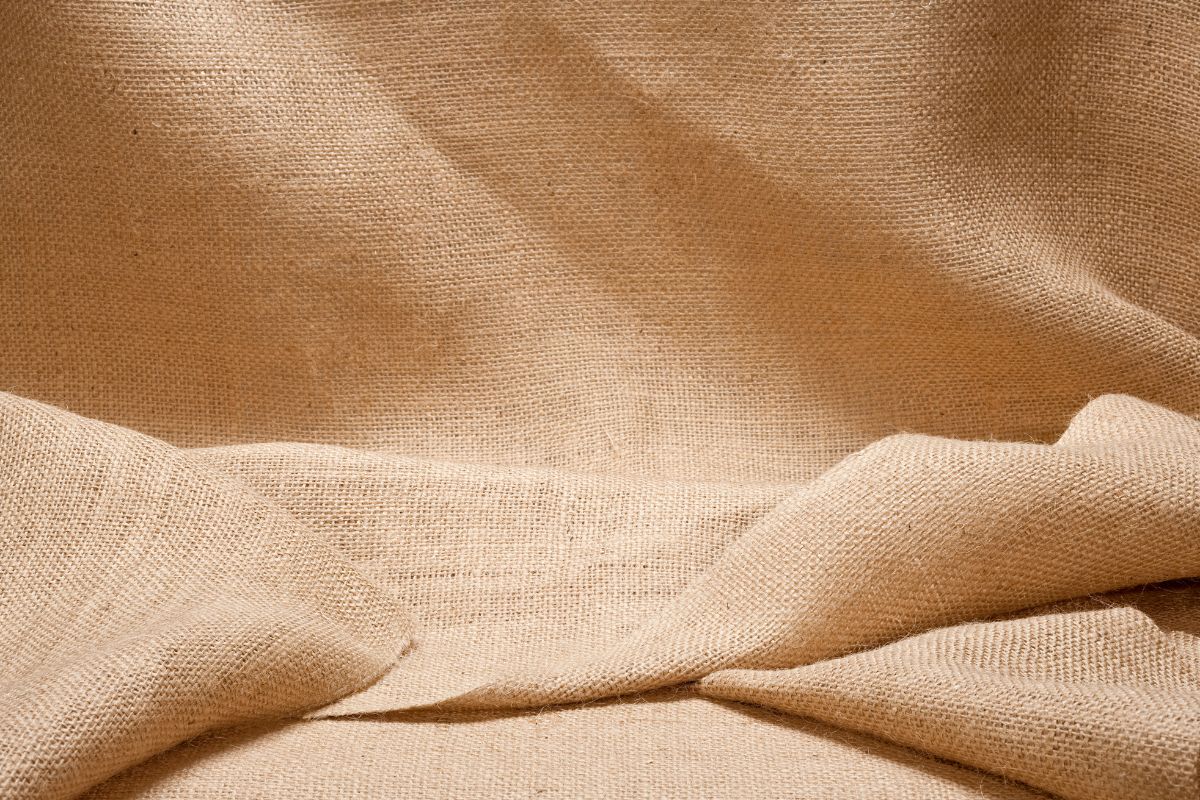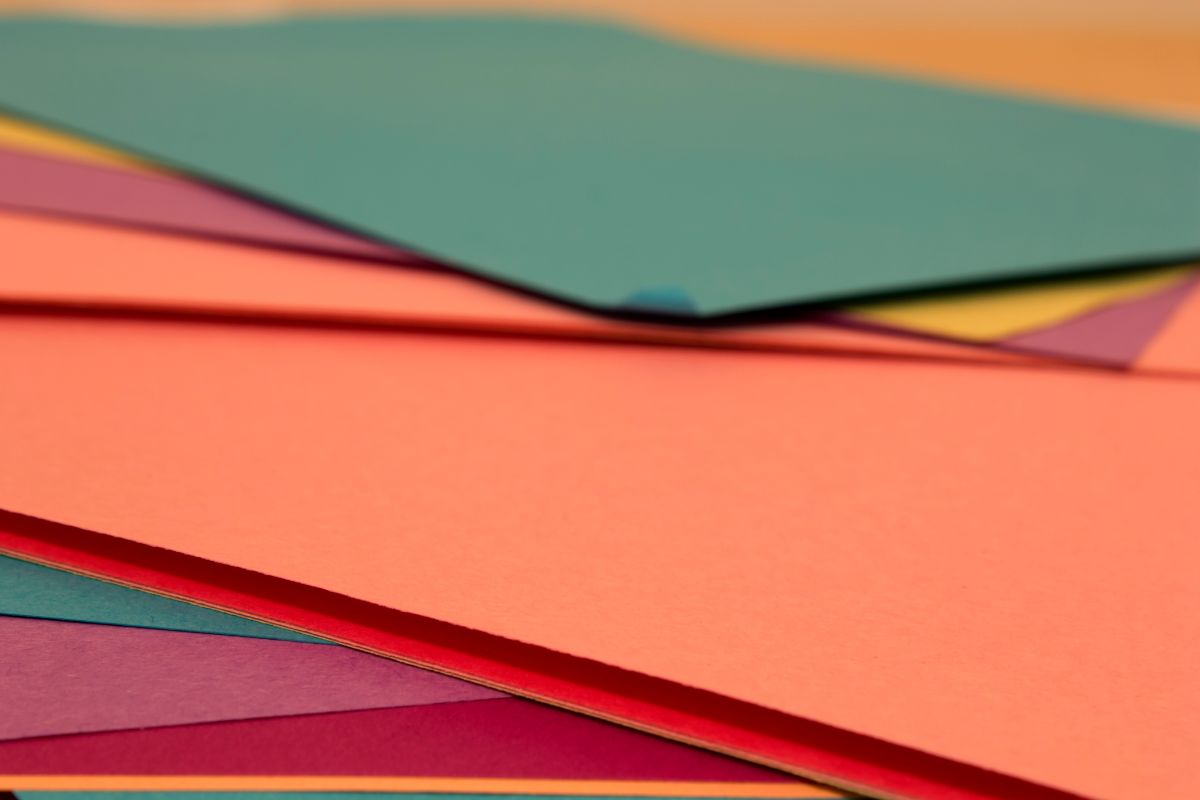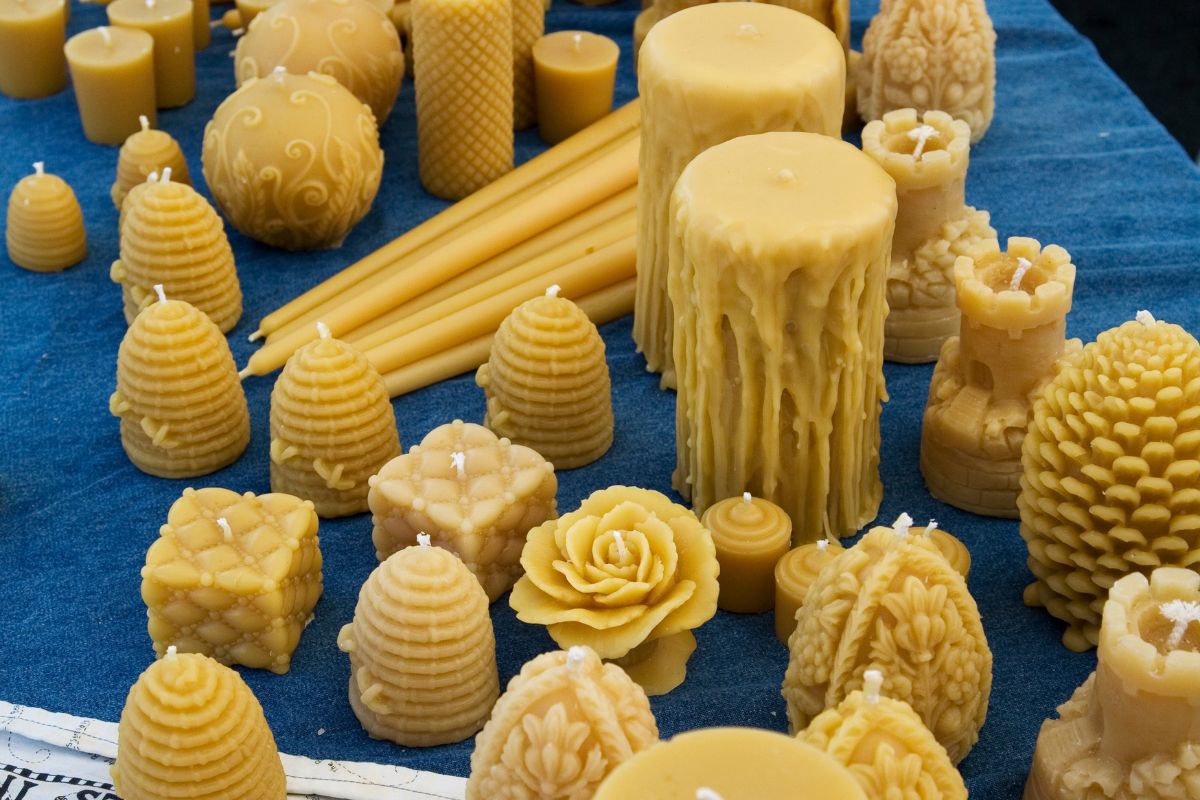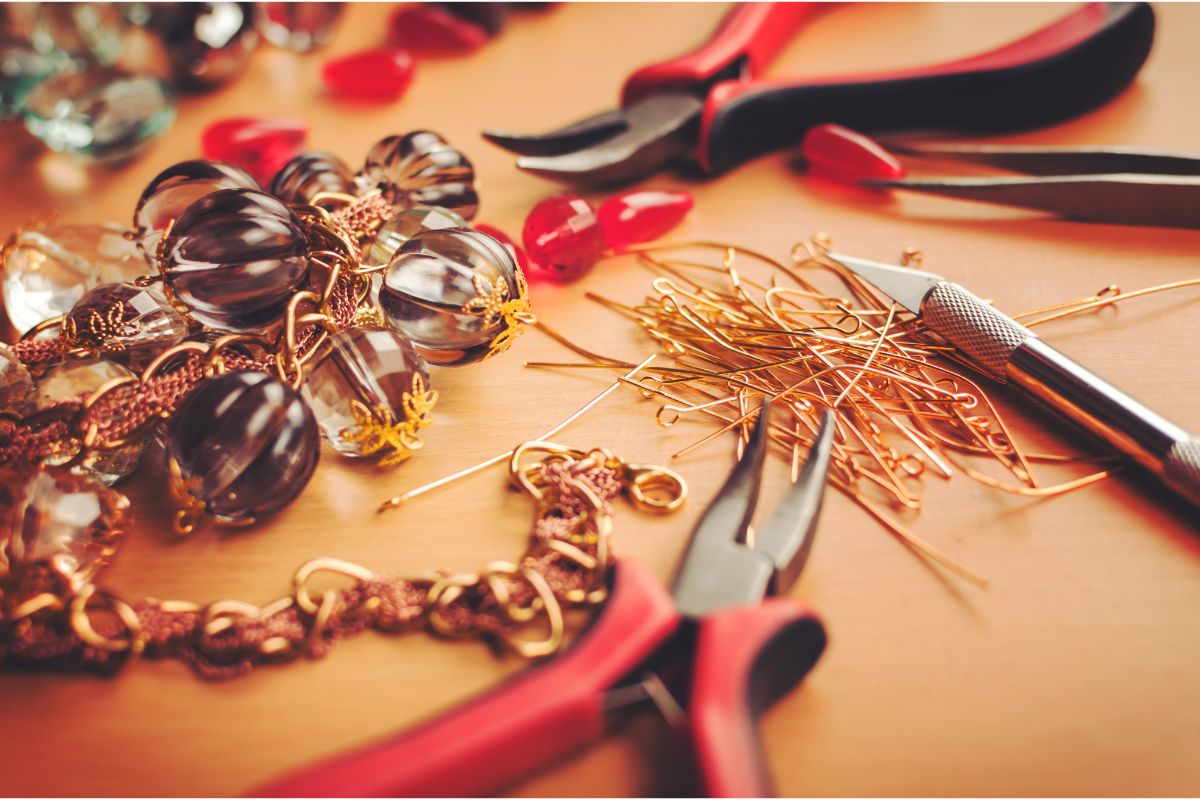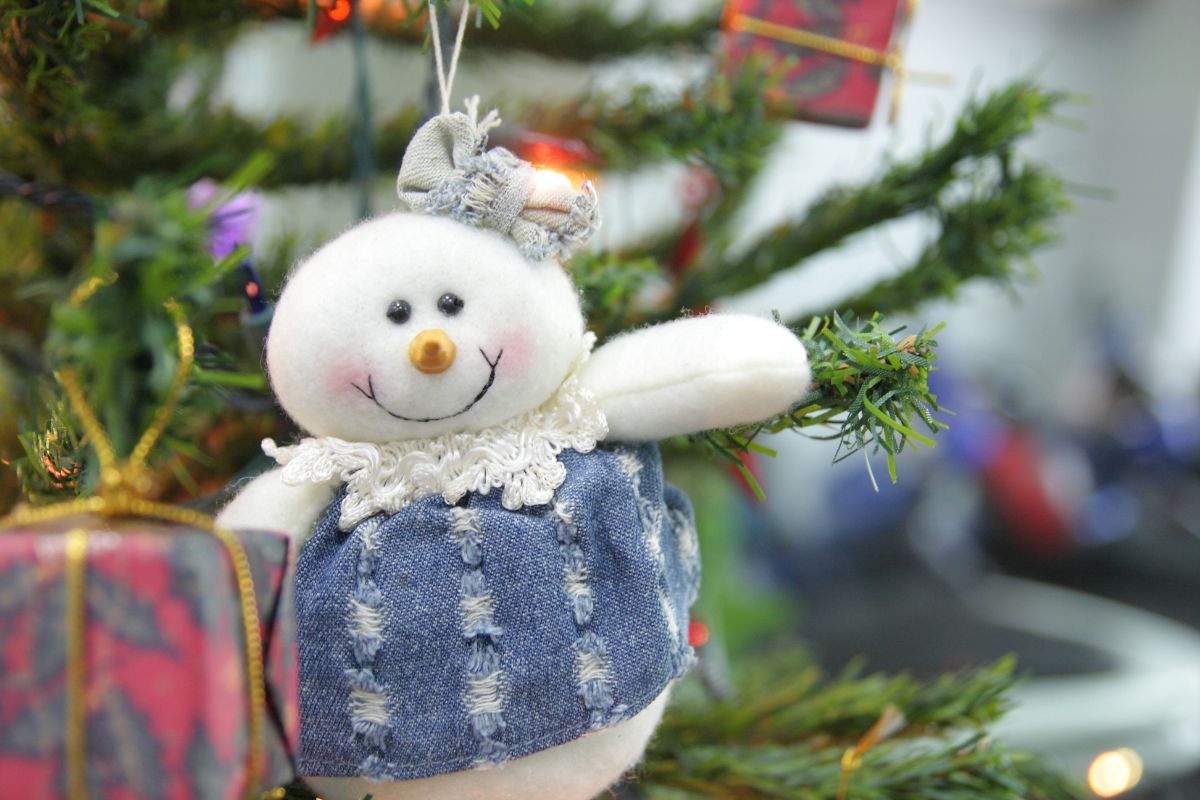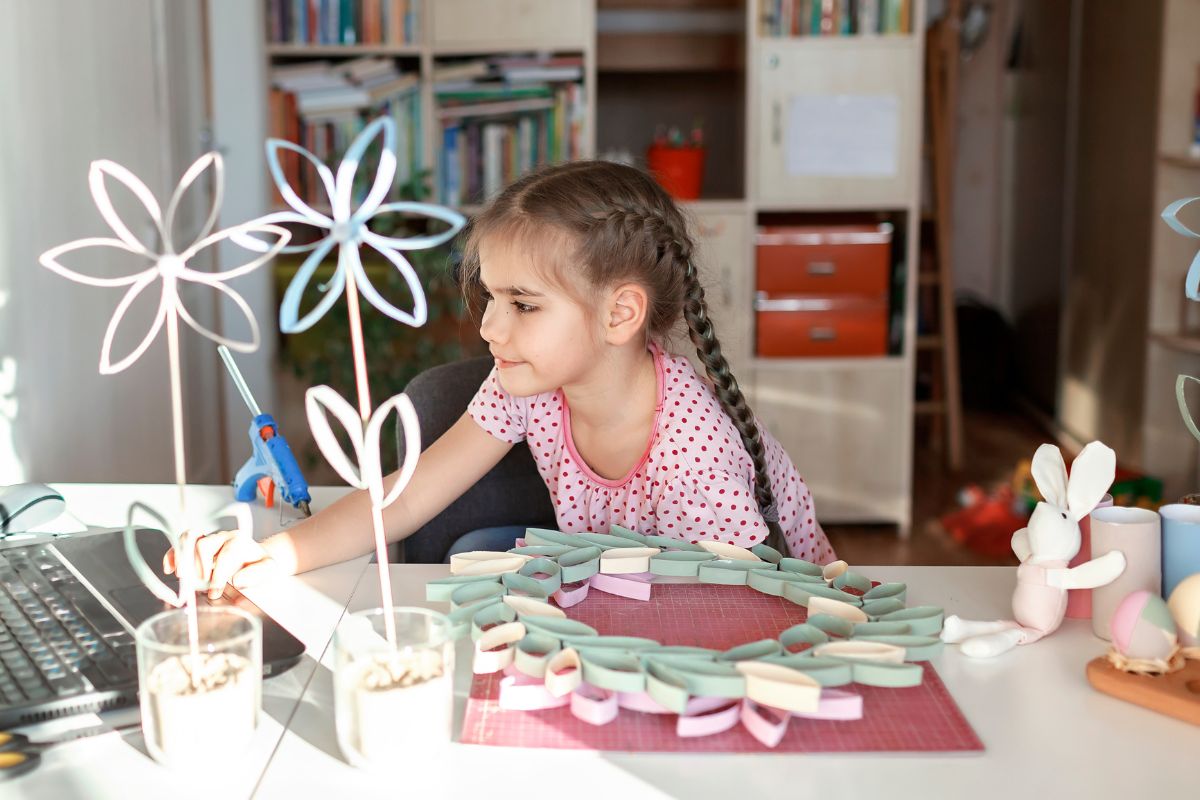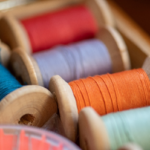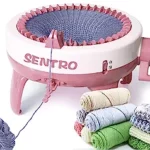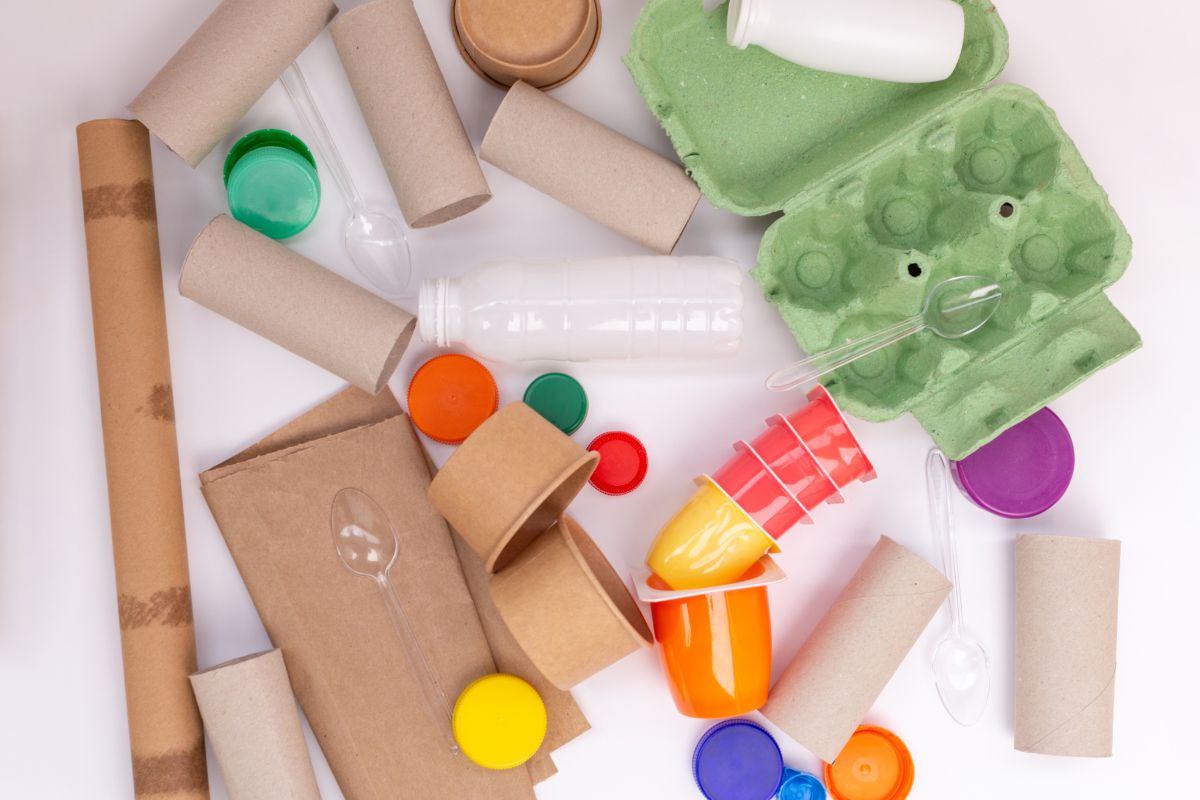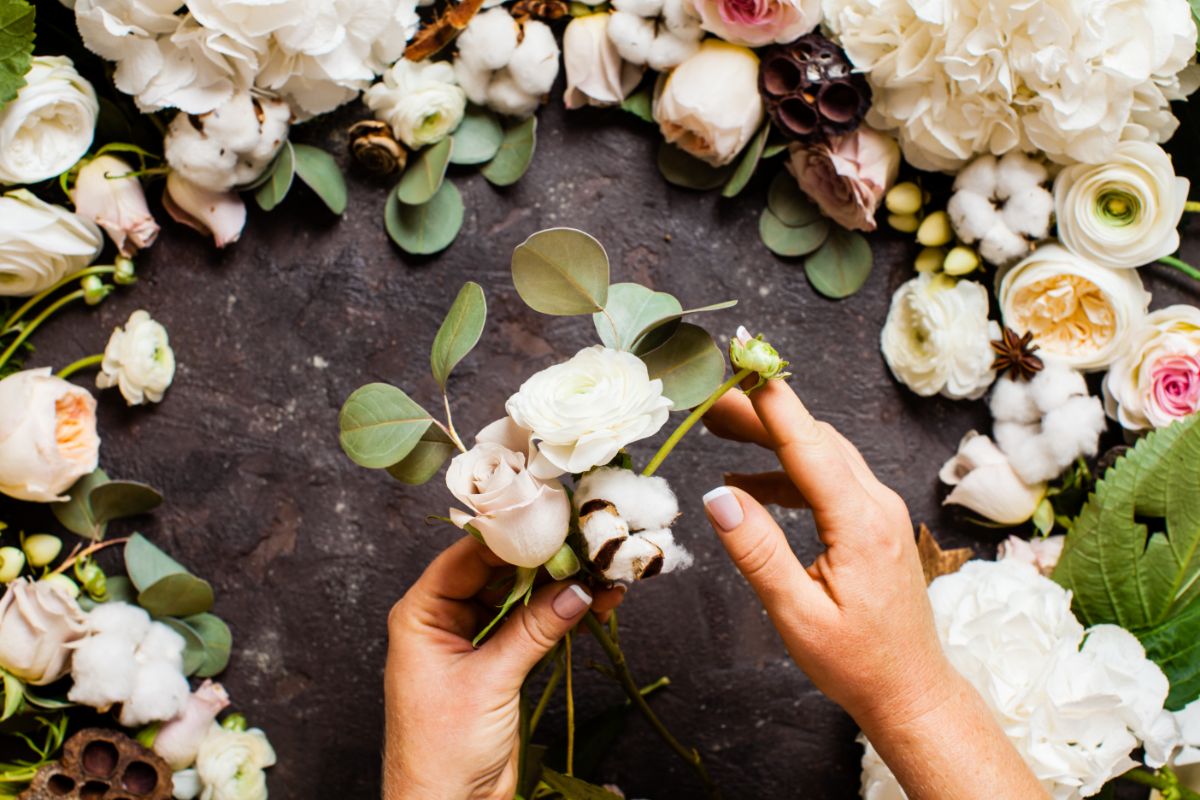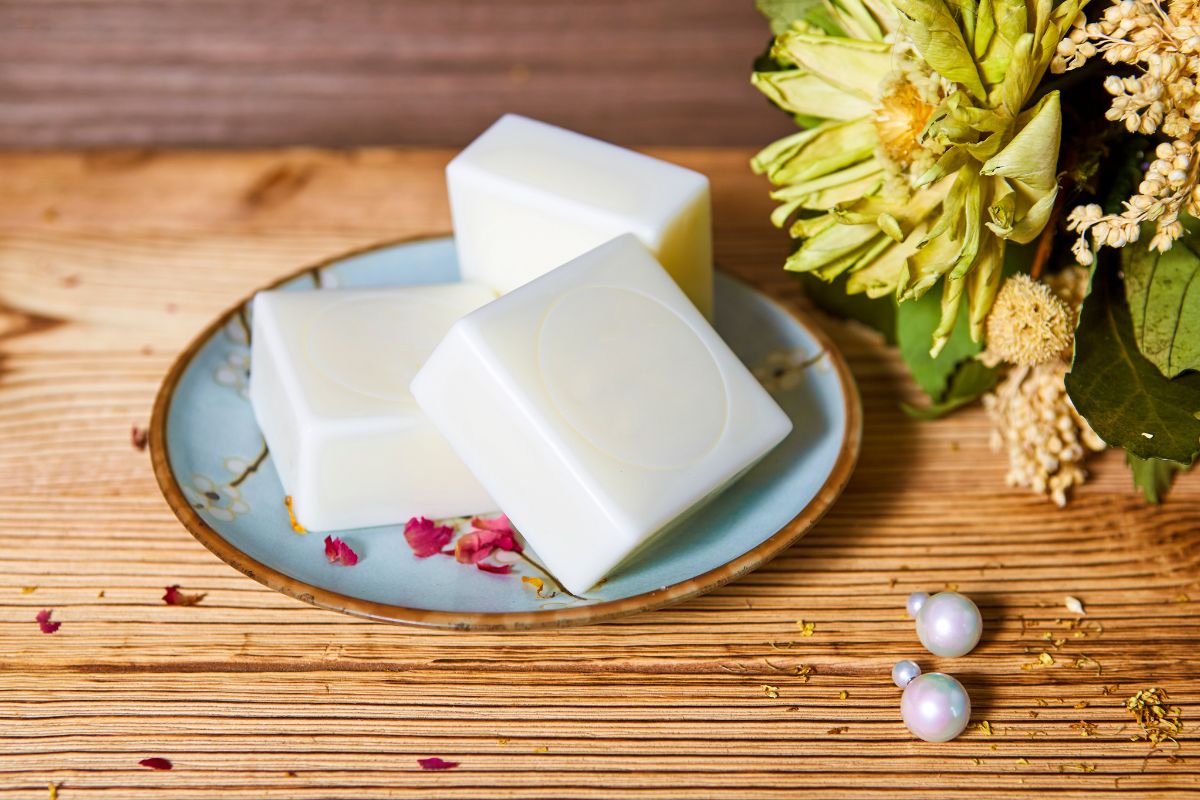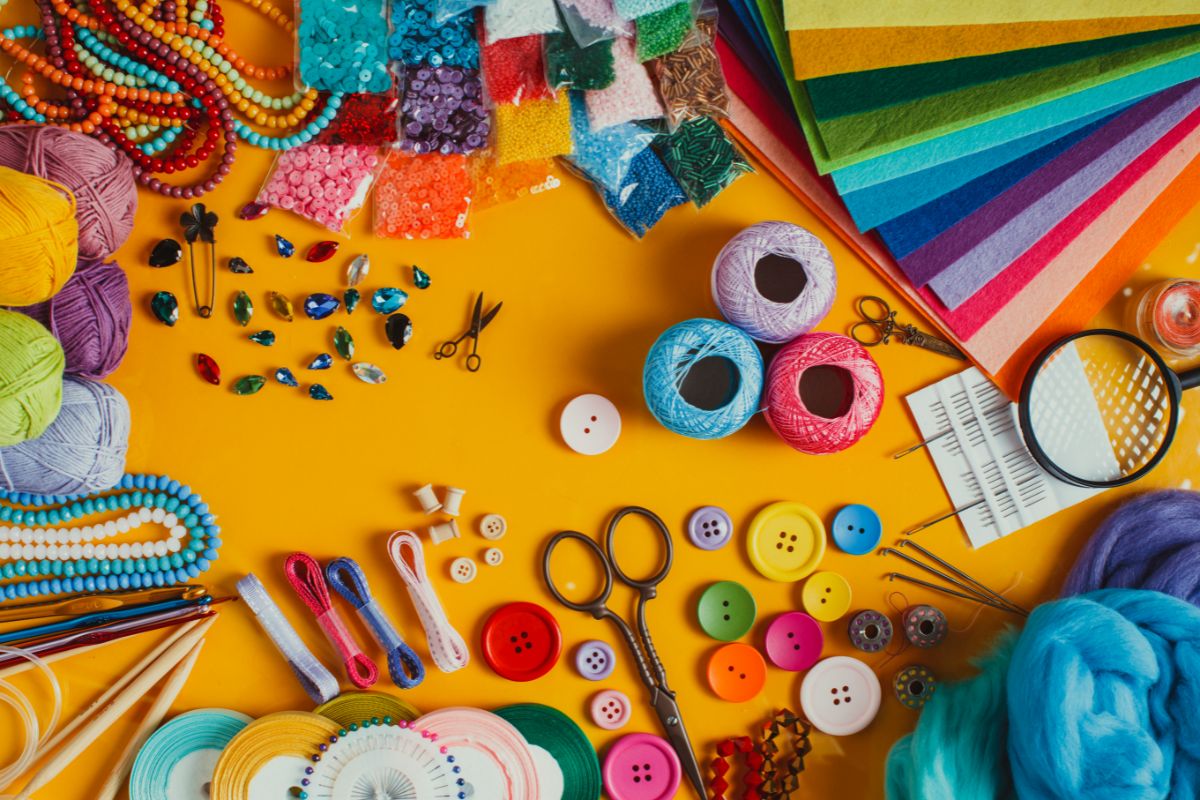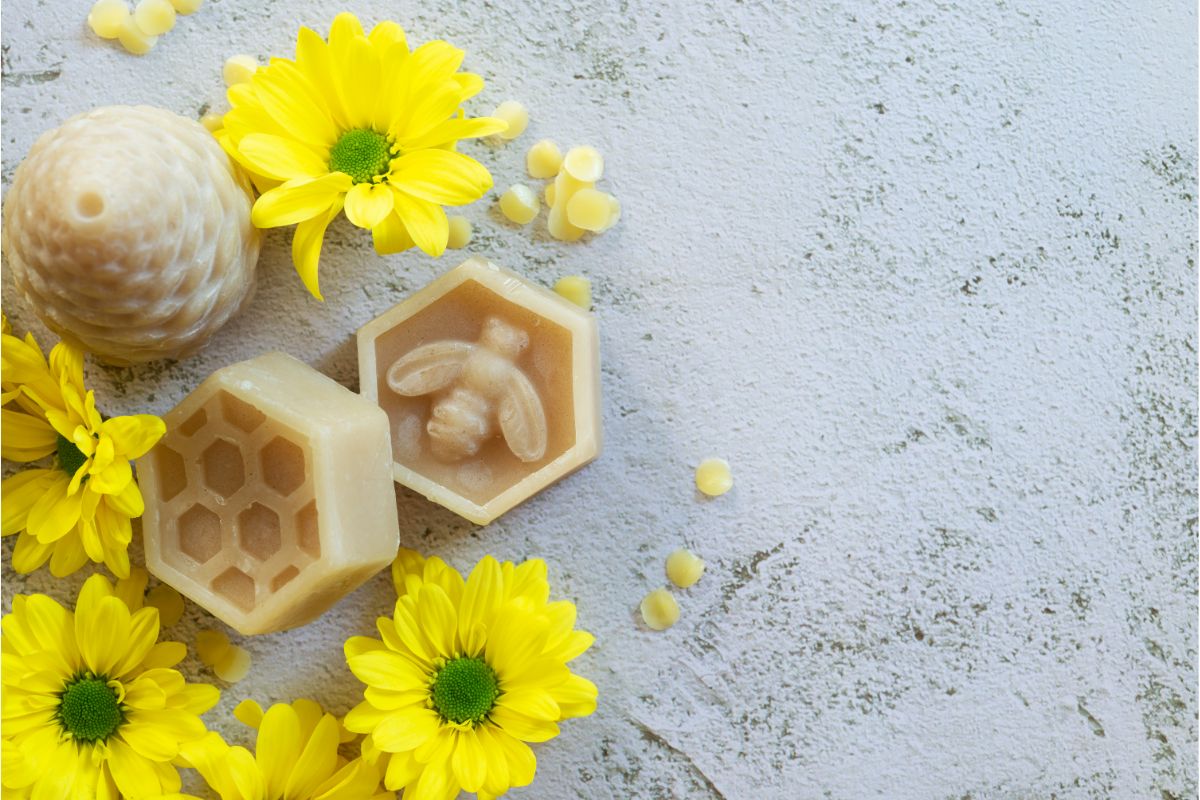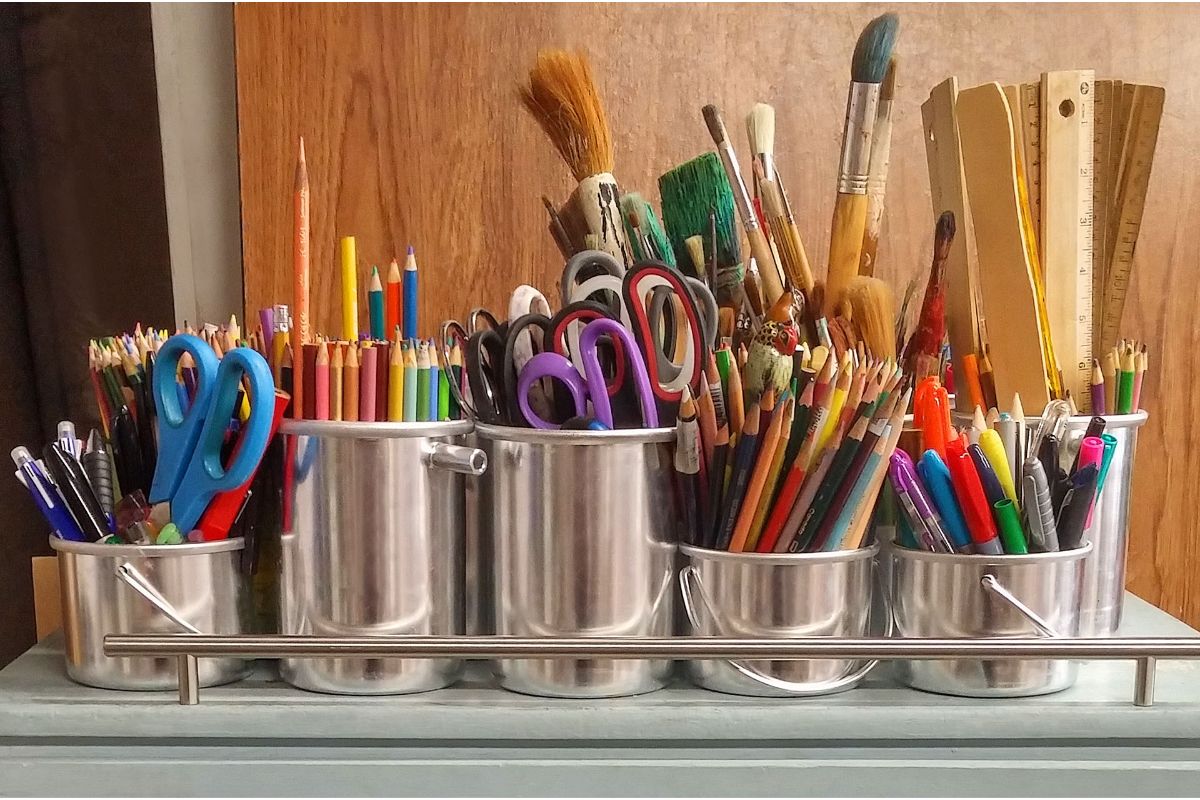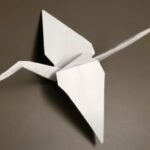Imagine you're cozied up on the couch, excitedly knitting a blanket for your ever-grateful cat, Mr. Whiskers. You've been knitting away for hours, feeling like a knitting pro until you notice something peculiar. Mr. Whiskers, with his smug look, has outgrown the blanket, and it's not even halfway done! How did that happen?
In a moment of confusion, you start to suspect Mr. Whiskers has secretly been munching on the yarn at night, but then it hits you: you forgot to increase stitches! You've been knitting merrily along, blissfully unaware that your masterpiece was morphing into a tiny cat placemat.
Undeterred, you decide to turn this cat-tastrophy around. You add a few yarn overs here, some make ones there, and voilà! The blanket begins to grow at a cat-appropriate pace.
Feeling triumphant, you present the now-expanded blanket to Mr. Whiskers, who seems thoroughly unimpressed. Apparently, cats don't appreciate knitting efforts as much as humans do. Lesson learned.
But your newfound stitch-increasing skills don't go to waste! You whip up a delightful catnip-filled mouse toy that instantly wins Mr. Whiskers' heart. Success! And you realize that knowing how to increase stitches isn't just for feline knitting emergencies; it's for ensuring your knitting projects come out the right size, whether they're for four-legged friends or humans.
With your knitting prowess restored, you embark on new projects, this time confidently increasing stitches to accommodate the intended recipients, both two-legged and four-legged. No more surprise cat placemats for you! Now, it's time to create cozy, perfectly-sized creations that'll earn you a round of applause from both human and feline audiences.
Importance of increasing stitches in knitting
Increasing stitches in knitting is crucial for shaping and creating larger fabric. It allows the knitter to add width and fullness to their projects, preventing them from becoming too narrow or constrictive. Proper increases also ensure that garments fit comfortably and drape beautifully. Additionally, increasing stitches is essential for various decorative stitch patterns, like lace knitting, where yarn overs are used to form intricate designs. Mastering the art of increasing empowers knitters to tailor their creations to specific sizes, styles, and designs, making it a vital skill for bringing creativity and versatility to their knitting projects.
Ways of Increasing Stitches
Yarn Over (YO)
Yarn over (YO) knitting is a fundamental technique that involves creating an extra stitch and an eyelet hole by wrapping the yarn around the needle. This simple yet powerful method is commonly used in lace knitting and other decorative stitch patterns to add elegance and intricacy to the fabric. Yarn overs are versatile, allowing knitters to create beautiful designs and openwork textures. By mastering yarn overs, knitters can unleash their creativity, producing stunning and delicate projects that showcase the charm of this essential knitting technique.
Knit Front and Back (KFB)
Knit Front and Back (KFB) is a popular knitting technique used to increase stitches. It involves knitting into the front and back loops of the same stitch, creating a new stitch. This straightforward method adds width to the fabric, making it ideal for shaping garments or expanding stitches in a project. KFB increases are commonly employed in various knitting patterns and are relatively easy to master, even for beginners. By incorporating KFB into their knitting repertoire, crafters can confidently enhance their projects and achieve the desired size and design with ease and precision.
Make One (M1)
Make One (M1) is a versatile knitting technique used to increase stitches. It involves creating a new stitch by lifting the yarn between two existing stitches and knitting or purling into it. This subtle method allows for seamless increases, making it ideal for shaping projects or adding decorative elements. With different variations like M1L and M1R, knitters can choose the direction of the increase to suit their pattern. M1 is a valuable skill for knitters of all levels, enabling them to expand their projects with precision and finesse, ensuring a polished and professional finish to their work.
Shaping in Knitting
How to combine increasing and decreasing stitches for shaping projects
Combining increasing and decreasing stitches is essential for shaping projects in knitting. To shape your work, follow these steps:
- Determine the desired shaping: Decide where and how you want to increase or decrease to achieve the desired silhouette.
- Increase stitches: Use techniques like yarn overs or knit front and back to add stitches.
- Decrease stitches: Employ methods like knit two together or slip slip knit to decrease stitches and create curves or angles.
- Maintain stitch count: Make sure the total number of stitches remains consistent throughout the project.
- Follow the pattern: Work the increases and decreases as instructed in your knitting pattern, ensuring a well-shaped and tailored finished product.
Importance of maintaining stitch count
Maintaining stitch count is crucial in knitting because it ensures the accurate size and shape of the finished project. A consistent stitch count allows patterns to align correctly and prevents the fabric from becoming distorted or misshapen. When knitting garments or accessories, maintaining stitch count ensures a proper fit and prevents unexpected surprises. Deviations in stitch count can lead to irregularities, uneven edges, and difficulties in following the pattern. Whether increasing, decreasing, or working complex stitch patterns, staying vigilant about stitch count guarantees a polished and professional-looking final product, reflecting the knitter's skill and attention to detail.
Conclusion
Increasing stitches in knitting is an essential skill for creating beautiful and comfortable projects. With the right techniques, like yarn overs, knit front and back (KFB) or make one (M1), you can easily expand your fabric to whatever size and design you need. Additionally, it's important to remember that maintaining stitch count throughout a project is key for achieving a professional finished product with even edges and proper shaping. Now that you understand how to increase stitches and why it’s so important, go forth confidently into new knitting adventures!
To find out more about knitting, please visit any of the following areas:
- How to sew together knitting
- What is brioche knitting
- How to join yarn in knitting
- How to join in the round knitting
- How to finish a knitting scarf
- How to make a slip knot for knitting
- How to switch colors knitting
- How to hold yarn when knitting
- What does kfb mean in knitting
- How to fix a dropped stitch in knitting
- How to hold knitting needles
- What is frogging in knitting?
- How to change colors in knitting
- How to count rows in knitting
- How to increase in knitting
- How to slip stitch knitting
- How to yarn over in knitting
- What is a knitting loom?
- How to make bobbles in knitting?
- Where can I buy sentro knitting machine?
- What can you make with a sentro knitting machine?
- Cricut Hat Press: A Comprehensive Guide on Usage - August 13, 2023
- Unlocking Creativity with the Cricut Joy: A Comprehensive Guide - August 12, 2023
- The Ultimate Guide to the Cricut Maker Bundle - August 11, 2023




